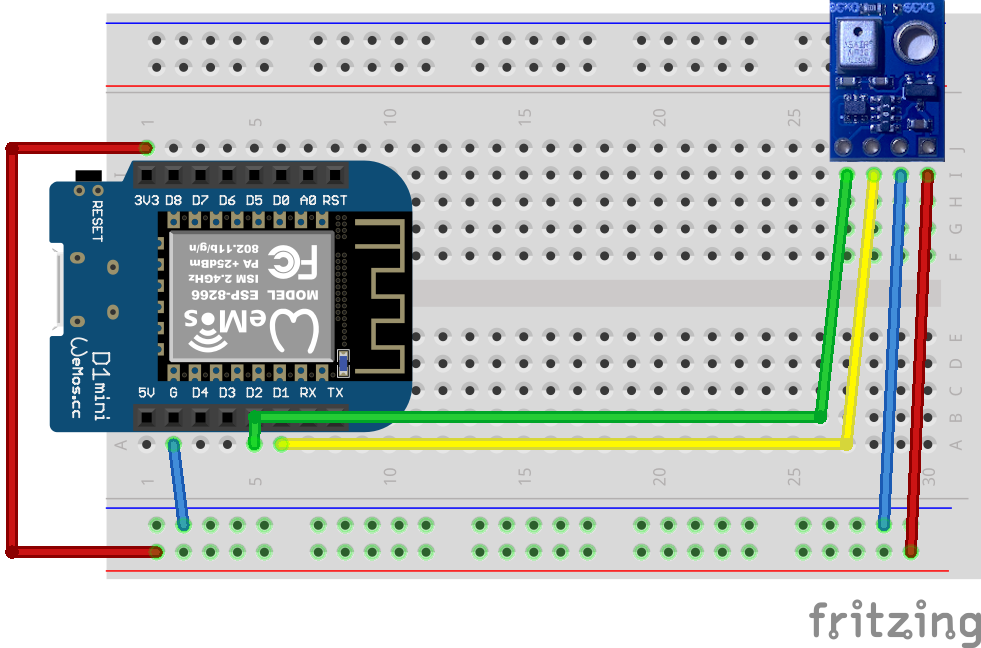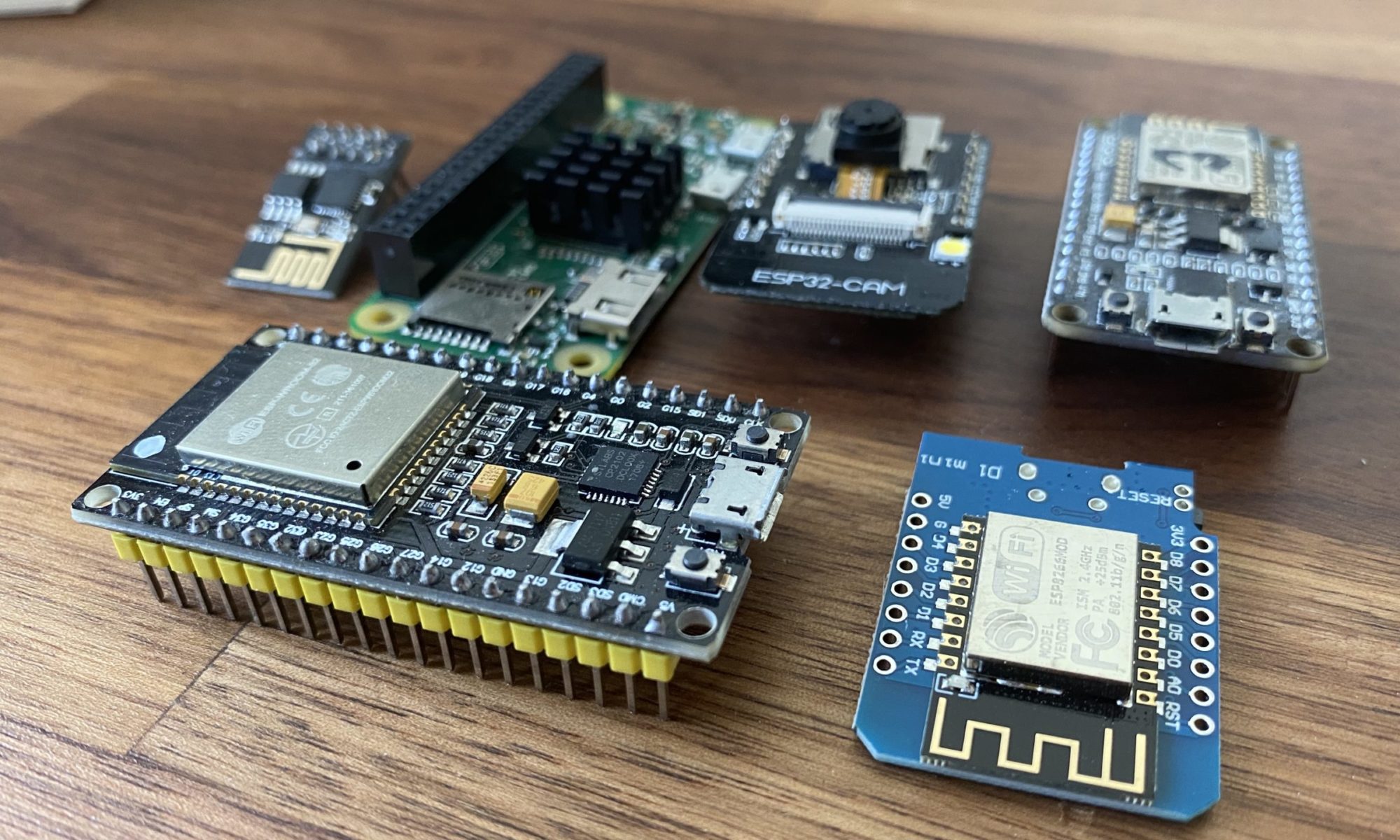Actual there are plenty of tutorials for thousands of sensors in IoT environment.
Due to the fact i´ve never found one for the AHT10 Sensor with Tasmota, i wrote one to share my experience with you.

Hardware preparation:
Connect AHT10 Sensor with the Wemos D1
Sensor – Wemos [color]
VIN – 3.3 V
GND – GND
SCL – D1 (GPIO5)
SDA – D2 (GPIO4)
I will directly jump to the specific task to activate the AHT10 Sensor in Tasmota.
I expect you have already installed and configured Arduino IDE oder platformIO
download Tasmota: https://github.com/arendst/Tasmota/archive/development.zip
Extract the ZIP file and open tasmota.ino in Arduino or platformIO
Next is valid for acutal Tasmota 8.2.0.x
[Optional] Edit config: my_user_config.h to have your wifi environment and mqtt setting directly set in the binary. If you don´t want to configure it here you can do it with a laptop or mobiel via the integrated wifi manager after booting the esp8266 the first time.
– set wifi settings
– set mqtt settings
Uncomment my_user_config.h line 496 to activate the AHT10 Sensor

Comment the following lines in the my_user_config.h out to prevent device drivers with the same ID 0x38 being active the same time.


Now you can compile and transfer tasmota to your esp8266
Connect to Tasmota Page of device with http by typing the IP in your Browser:
– choose: Configuration
– than choose: Configure Module
– Module Type -> Generic
– Select SDA and SCL IO from the list
– D2 GPIO4 –> I2C SDA (6)
– D1 GPIO5 –> I2C SCL (5)

Now if you reboot your Wemos you should see actual measurements.

If your settings are correct you should also get the measurements on mqtt if activated.
So you can use your newly installed AHT10 sensor in your smart home environment.
